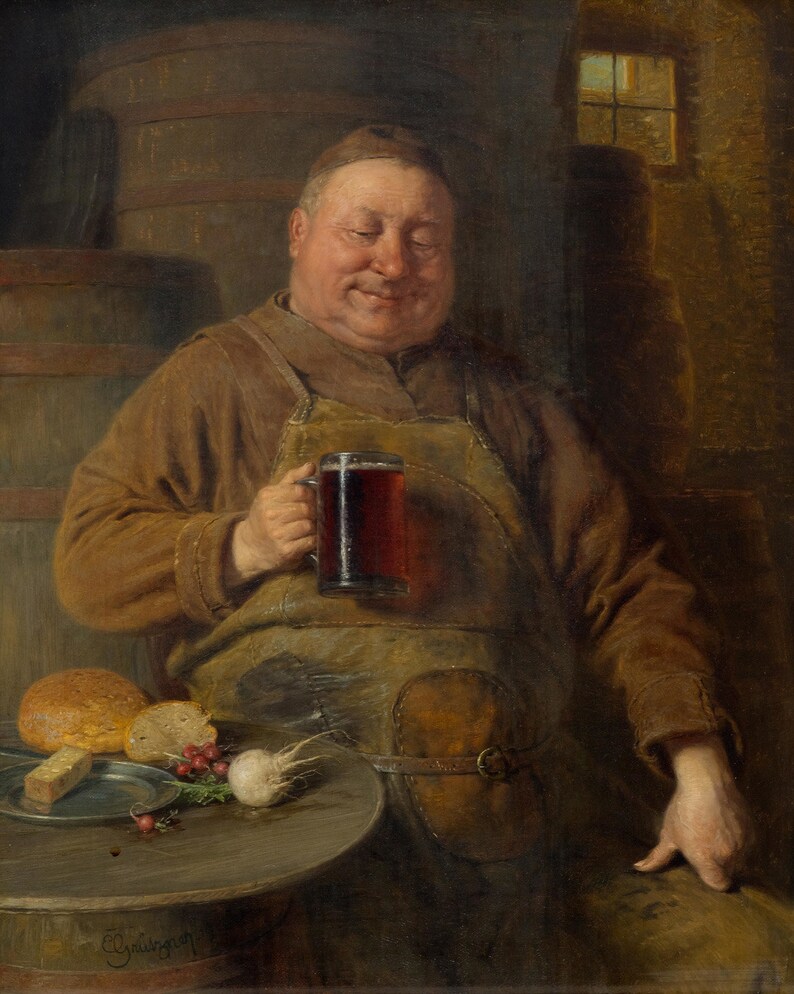
What do you call something very strong, something that is both material and immaterial, that has its roots in barbarism transposed into civilization; it’s copperish and sometimes yellow like corn, and of course, in its greatest position, black like the night in its entirety. Something that, when cold, warms one up. And hot, one would avoid… Something that, on its own, is enough – because in itself it possesses the great energetic benefits that moves a man and, even further – strengthens him. Something… beautiful.
Yes, there’s only one answer to that: beer! This golden, sparkling and refreshing drink has been a constant companion of mankind over the centuries. But what makes beer so special? Perhaps it’s its humble simplicity or its subtle complexity…
The golden cereals, pungent hops and pure water come together in an alchemical embrace, becoming the universal drink that is beer. The ethereal white foam crowns the precious liquid, as if announcing a majestic ancient heritage. Each sip is a sensorial journey that transcends time, a distant echo that permeates from medieval banquets to contemporary gatherings.
Beer, with its palette of flavors ranging from intense bitterness to subtle sweetness, is an ode to diversity. Its styles and variations are like notes in a symphony, harmonizing to create a unique experience. From the toasted stout – and its fascinating variations, such as stout with burnt coconut and oatmeal stout; to the delicate pilsner, each style is an artistic expression, a piece of a complex and enchanting puzzle.
Let’s not forget the magic of fermentation though, an almost mystical process through which sugars are transformed into alcohol, an elixir. Science meets art in a heated dance that gives beer its unmistakable soul and character. The result is this transcendent liquid which, from the luminous amber to deep black, reflects the rich tapestry of its composition. It is a true liquid prism, capturing light and imagination. And in the aroma, an irresistible invitation: floral, fruity, herbal and even toasted notes mingle, promising pleasures that can only be gauged by tasting.
The Trappist monks, with their dedication and spirituality, have elevated the art of brewing to an almost divine level (quite literally). Not only do they follow a centuries-old tradition, but they also infuse every drop with a mystical quality. It’s as if each bottle contains a liquid prayer, a blessing to the ordinary.
I sometimes announce that I love Trappist monks because they represent the perfect union between the divine and the earthly, between prayer and work, between heaven and earth. They show us in practice that beer is not just a drink, but a symbol of community, sharing and joy. It not only quenches the thirst, but also warms the spirit, fills the soul with contentment and makes the simple act of drinking an almost transcendent experience. It is liquid poetry that exalts the glories of everyday life and elevates the ordinary to the sublime. In other words: it turns any bad day into a good one.